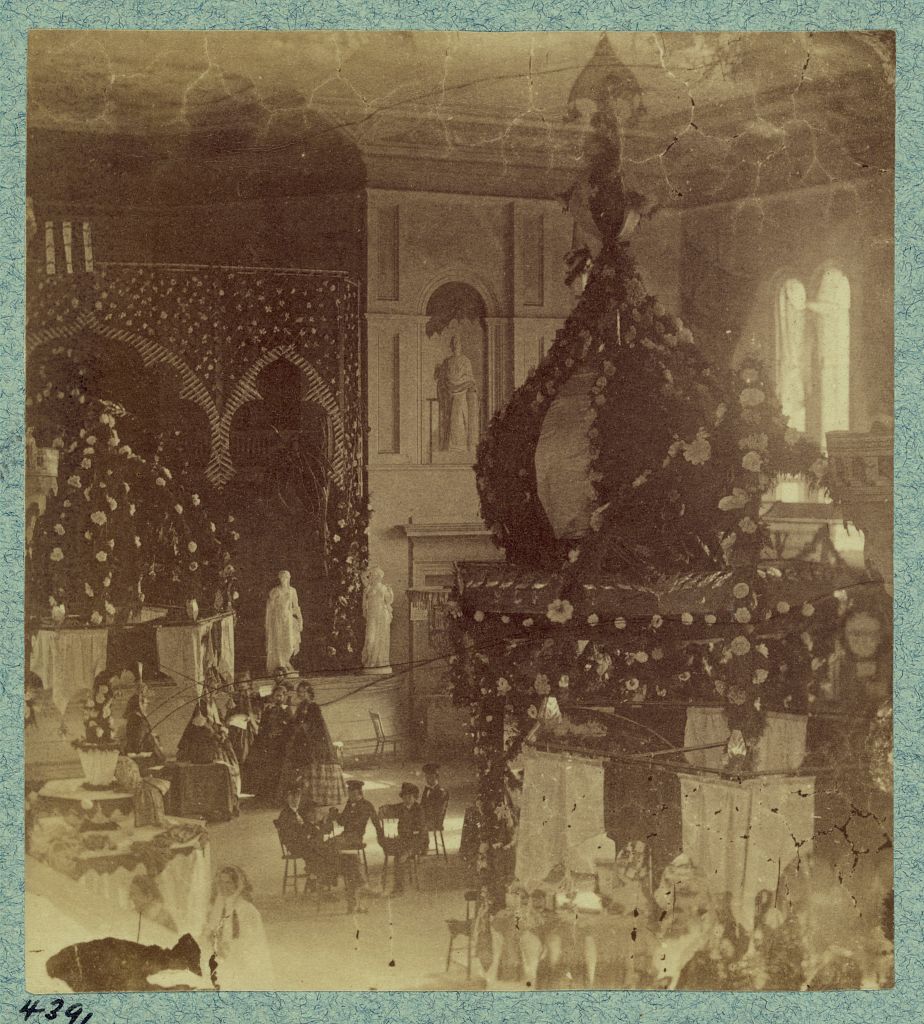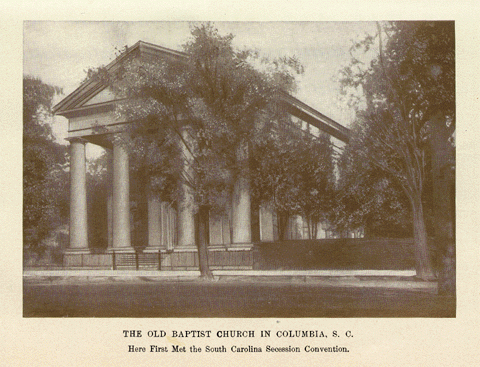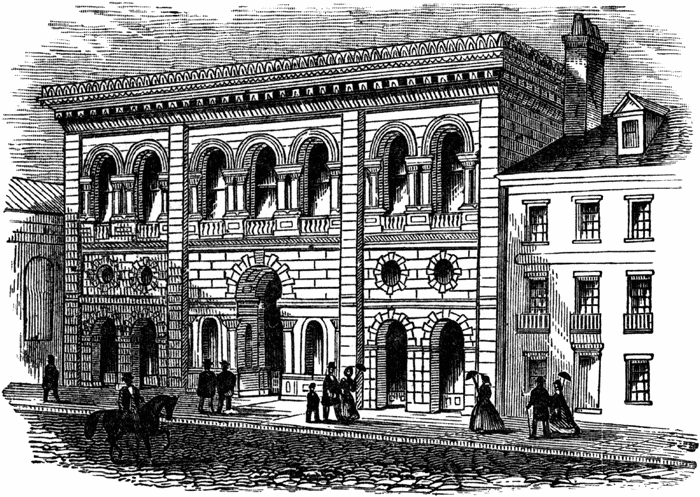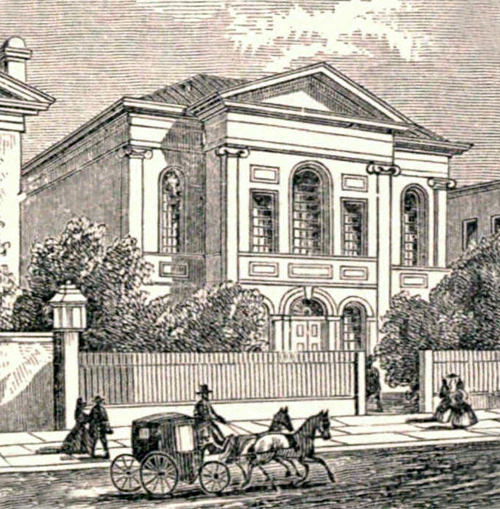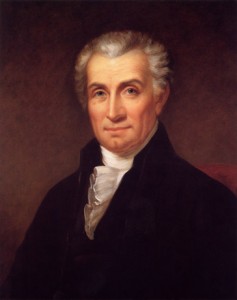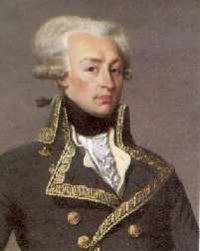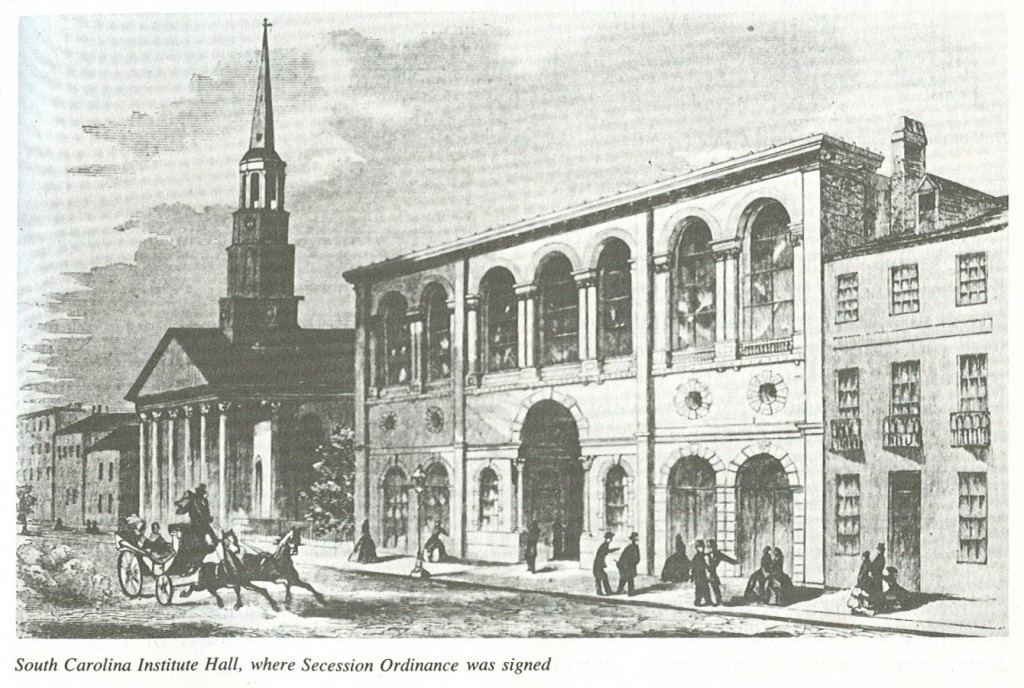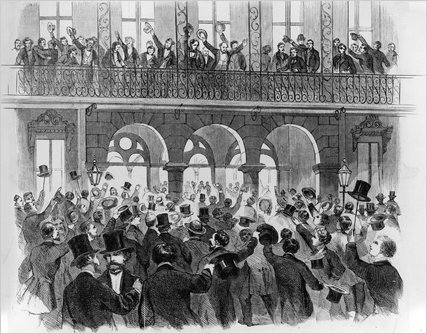After the election of President Lincoln, citizens of Charleston, South Carolina held nightly meetings to decide the possibility of secession.
Great mass meeting to endorse the call of the legislature of South Carolina for a state convention to discuss the question of secession from the Union, held at Institute Hall, Charleston, S.C. on Monday, Nov. 12, 1860 – Library of Congress
In a state-wide election on December 6, 1860, specially called for by the South Carolina General Assembly, the people of South Carolina chose delegates for a convention to consider the question of secession from the United States.
Photograph showing the interior of St. Andrew’s Hall, or Secession Hall, in Charleston, South Carolina. December 1860 by photographer George Smith Cook (1819-1902) – Library of Congress
The right of a state to secede from the Union was understood by all of the founding fathers as well as all of the states which joined together to form these United States. The 170 men elected to determine South Carolina’s course of action were the most highly respected in their communities.
The Secession Convention dragged on for days discussing while the members debated on how to handle federal employees working in the state.
Finally, the South Carolina Secession Convention assembled on December 17, 1860, at the First Baptist Church of Columbia.
Opened in prayer by Reverend James C. Furman of Greenville, the convention elected David F. Jamison of Barnwell District as convention president. Because of a confirmed case of smallpox in Columbia, and fearing the possibility of an epidemic, the convention decided to relocate to Charleston.
In the early morning hours of December 18, the men boarded the train and arrived in Charleston that afternoon. They met briefly in Institute Hall and a committee was formed to draft an ordinance with John Inglis of Cheraw as the chairman.
Institute Hall, Charleston, South Carolina
The ordinance was completed on December 19, and the convention met in St. Andrew’s Hall the next day to consider the possibility of secession from the United States.
St. Andrews Hall
St. Andrew’s Hall was a public building in Charleston, South Carolina, on Broad Street.
The hall had served as headquarters for the St. Andrew’s Society of Charleston, South Carolina. It was also an important part of the social life of upper-class Charlestonians.
It was used for balls, banquets, concerts, and meetings of organizations like the South Carolina Jockey Club and the St. Cecilia Society.
James Monroe, painted by Rembrandt Peale about 1824-1825
The hall could also be used for lodging, and both President James Monroe and General Marquis de Lafayette stayed there.
General Marquis de Lafayette
On December 19, 1860, delegates from South Carolina met at St. Andrew’s Hall to consider the ordinance. Just after 1 p.m., a roll-call vote was taken, and the convention voted 169 to 0 to secede. The actual signing of the ordinance took place on December 20, 1860 in Institute Hall.
Institute hall where secession was signed
AN ORDINANCE to dissolve the union between the State of South Carolina and other States united with her under the compact entitled ‘The Constitution of the United States of America.’
We, the people of the State of South Carolina, in convention assembled, do declare and ordain, and it is hereby declared and ordained, That the ordinance adopted by us in convention on the twenty-third day of May, in the year of our Lord one thousand seven hundred and eighty-eight, whereby the Constitution of the United States of America was ratified, and also all acts and parts of acts of the General Assembly of this State ratifying amendments of the said Constitution, are hereby repealed; and that the union now subsisting between South Carolina and other States, under the name of the ‘United States of America,’ is hereby dissolved.
Done at Charleston the twentieth day of December, in the year of our Lord one thousand eight hundred and sixty.”
“As word of the vote spread through Charleston, church bells rang and businesses suspended trade. The Citadel fired artillery salutes, volunteers donned the uniforms of local militia and new flags were unfurled.”
Celebration of the secession at the Mills House in Charleston, S.C
South Carolina delegates later ratified the Confederate Constitution there on April 3, 1861. South Carolina was the first state to secede from the Union.
Tragedy struck Charleston on sometime before 10 p.m. on Dec. 11, 1861 when a Great Fire destroyed much of the town.The flames seemed to appear in three places simultaneously. “The first blaze began at Russell & Co.’s Sash and Blind factory at the foot of Hasell Street, but others believed it was burning just as early at Cameron & Co.’s Immense Machine Shops on the other side of the street.”
“There was never any chance to put it out. Firefighters dispatched to the scene had scant water to fight the fire; it started at dead low tide, which significantly cut down on their water supply.”
Many of the historic buildings where the delegates met were destroyed.
Photograph shows scaffolding on the Circular Church, steeple of St. Philip’s Church, and ruins of Secession Hall in Charleston, South Carolina. left, St. Philip’s Church, center, and Secession Hall, right, in Charleston, South Carolina. 1865 by photographer George N. Barnard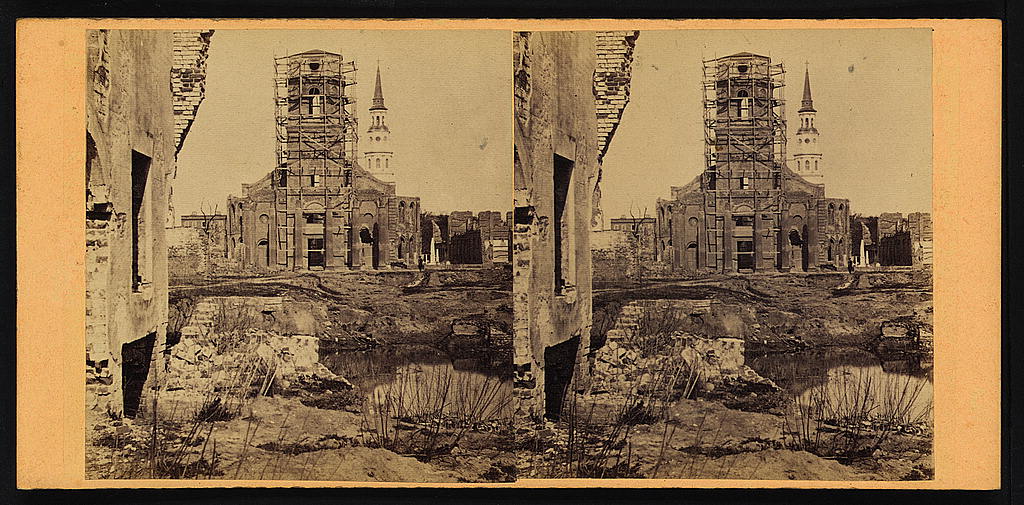
Charleston, South Carolina. Remains of Circular Church and Secession Hall 1865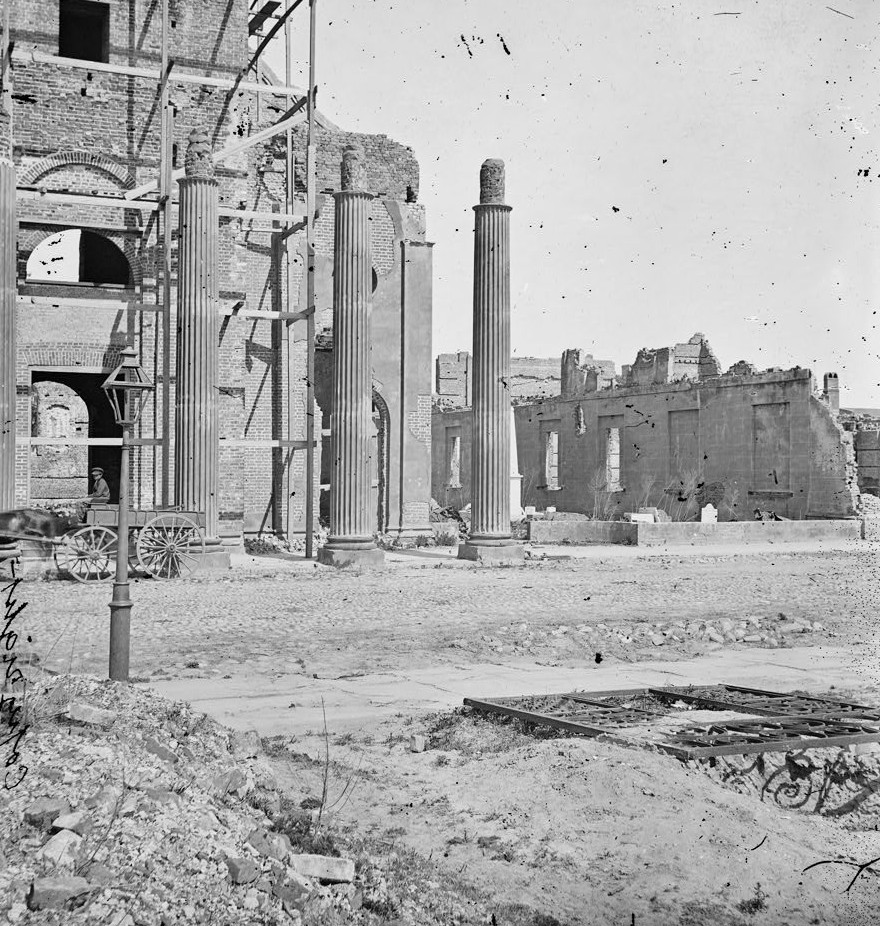
Charleston, S.C. Hibernian Hall (with columns; 105 Meeting Street), place of meeting after the burning of Secession Hall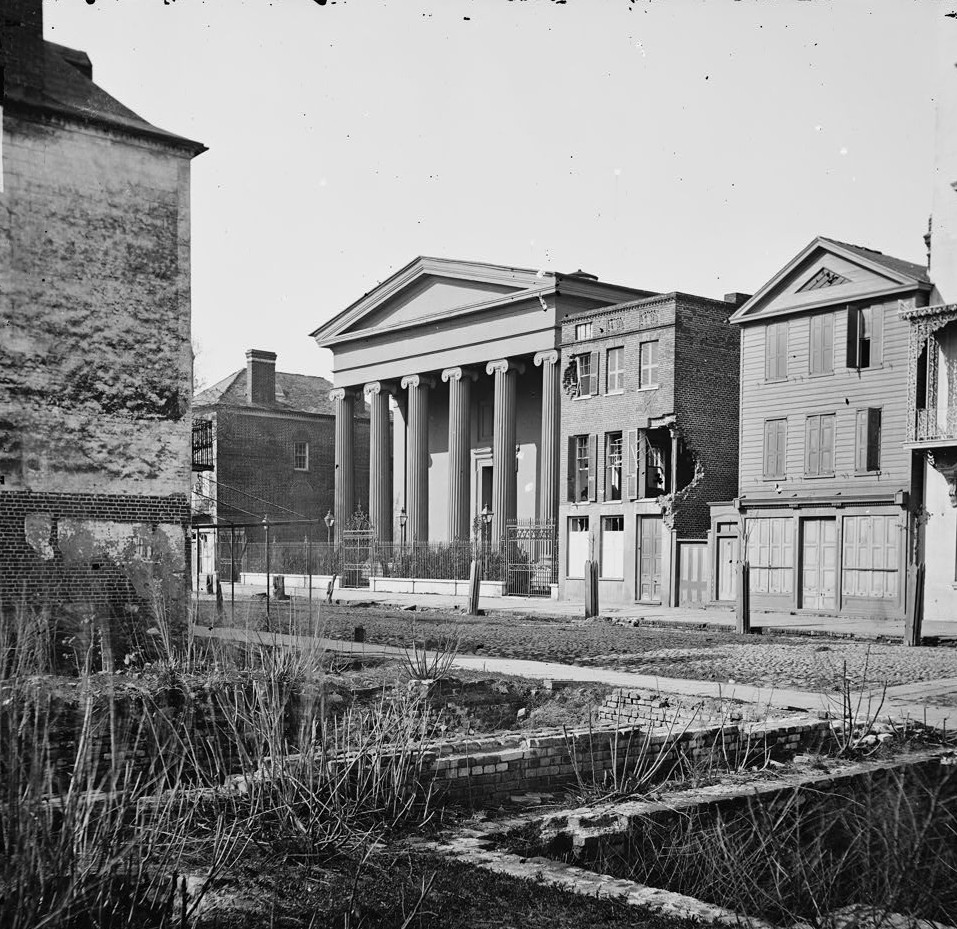
No source for the fire was ever discovered.
SOURCES
Library of Congress
Discordance: The Cottinghams (Volume 1) – A novel inspired by the experiences of the Cottingham family who immigrated from the Eastern Shore of Virginia to Bibb County, Alabama
Filled with drama, suspense, humor, and romance, DISCORDANCE continues the family saga from the Tapestry of Love series with the children of Mary Dixon who married Thomas Cottingham.
Inspired by true events and the Cottingham family that resided in 17th century Somerset, Maryland and Delaware, colonial America comes alive with pirate attacks, religious discord, and governmental disagreements in the pre-Revolutionary War days of America.

